
French Artists of the 18th Century
18th-century French painting became a vibrant era of French art as a whole. This was influenced by the establishment of the Royal Academy and talented native painters who, with their masterpieces, elevated 18th-century French painting and subsequently influenced future generations of artists.
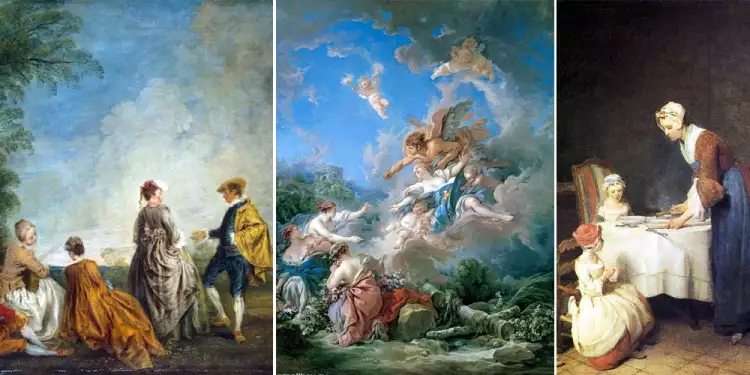 French Artists of the 18th Century
French Artists of the 18th Century
The History of 18th-century French Art
18th-century French painting was marked primarily by the foundation of the Royal Academy of Painting and Sculpture. This institution, which dominated the art world for almost 200 years, was founded in 1648 under the leadership of Louis XIV and was designed to train talented artists for the French court. The death of Louis XIV in 1715 heralded the beginning of a 7-year period of liberal freedom, during which France was ruled by the hedonistic Philippe d'Orléans. This shift set the tone for the artistic life of the 17th and 18th centuries. The result of these changes was the popular Rococo style, characterized by gallant mythological scenes.
Key masters of the Rococo style:
- Jean François de Troy (1679-1752).
- Antoine Watteau (1684-1721).
- Nicolas Lancret (1690-1743).
- François Boucher (1703-1770).
- Jean-Baptiste-Siméon Chardin (1699-1779).
The Royal Academy continued to dominate the world of French art. All of the above-mentioned artists were members of the Academy, and Boucher, who was named the First Painter of the King in 1765, held key official positions in the Academy. The artistic world of 18th-century France is characterized by three main events:
- Firstly, in the mid-18th century, there were more experienced portrait artists flourishing than ever before in any country.
- Secondly, the philosophy of the Enlightenment with its empirical emphasis was actively developing, which highly encouraged realism in art.
- Thirdly, in the second half of the century, Neoclassicism led to a revival of interest in classical antiquity's subjects and aesthetics, with a focus on historical themes.
Let's take a closer look at some of the most prominent representatives of 18th-century French painting.
Jean-François de Troy
Jean-François de Troy – the first hero on our list, was born in Paris and was the son of Toulouse portraitist François de Troy. He studied in the center of Europe's artistic life, in Italy, from 1699 to 1706, where he was inspired by Venetian art. De Troy was a successful and fashionable painter in all areas of painting. As a charming and talented young artist and the son of a successful society portraitist, De Troy was well-received by the elite of Paris, and soon he met two particularly influential patrons of the time – financiers Samuel Bernard and Christophe de Lalive. The first commissioned a large series of 4 large canvases on the history of Rome, and the second commissioned a series of 35 allegorical panels for a hotel on Rue Neuve du Luxembourg. De Troy was later appointed as the director of the French Academy in Rome in 1738 and worked there until his death. De Troy's early works were almost exclusively in the historical genre and classical subjects. However, his fashionable portraits depicting the leisure of aristocratic French society proved more popular among the Parisian bohemian crowd and set him apart from his colleagues.
Key works by Jean-François de Troy:
- "The Lot with His Daughters" (1721).
- "Apollo and Daphne" (1728).
- "The Abduction of Proserpine" (1735).
- "A Scene in the Park" (1750).
- "Pan and Syrinx" (1720).
Antoine Watteau
Jean-Antoine Watteau is the artist embodying the lyrical, charming, and refined style of Rococo. He was born in the Flemish city of Valenciennes. The father of the future artist was a master tiler of Flemish origin. According to Watteau's biographers, the boy's childhood was unhappy; he was too sensitive and susceptible to rapid mood changes. However, he was an insatiable reader of novels and an avid music lover (by the way, these interests influenced his future favorite style of Rococo). Showing an early interest in painting, young Watteau became a student of local artist Jacques-Albert Gerin. Around 1702, Watteau moved to Paris for further study. In Paris, Watteau executed countless sketches from life, which would become a source of inspiration for him throughout his life.
In 1703, he was hired as an assistant to artist Claude Gillot, whose works were a noticeable contrast to the official art under Louis XIV. Later, Watteau moved to the workshop of Claude Odran III, an interior decorator, under whose influence he began creating drawings with unsurpassed elegance. Watteau's artistic career was relatively short compared to other influential masters, but he managed to gain recognition and influence future generations of Rococo artists.
Key works by Antoine Watteau:
- "The Lesson of Love" (1716).
- "The Difficult Proposal" (1715-1716).
- "Pilgrimage to the Isle of Cythera" (1717).
- "The Society of the Park" (1718-1719).
- "The Capricious Girl" (1718).
Nicolas Lancret
Nicolas Lancret is a French genre painter whose brilliant depictions of courtly entertainments in an idyllic setting perfectly reflected the society of his time. He gained fame for his small paintings portraying elegantly dressed aristocrats at leisure, a style of painting known as "galant scenes," in which Lancret was the most prominent master in 18th-century Paris. Lancret is traditionally considered a follower of Antoine Watteau's style. After a brief period of studying engraving, Lancret became an apprentice to little-known historical painter Pierre Dulain in 1719. Soon after, he entered the Royal Academy of Painting and Sculpture as a painter of galant scenes. Like the previous hero of our narrative, Lancret also studied in the studio of Gillot, a decision that marked his future career as a genre painter and a departure from aspiring to be a historical painter. Lancret managed to receive numerous commissions from the great patrons of his time, including Louis XV and Frederick II. Incidentally, Lancret's works often adorned the residences of members of the royal circle.
Key works by Nicolas Lancret:
- "The Four Times of Day" (1738).
- "The Swing" (1730s).
- "Concert in the Park" (1720-1743).
- "Spring" (1730).
- "Portrait of the Dancer Camargo" (1730).
François Boucher
Being the son of a draftsman, painter, and embroiderer, Boucher had humble but artistic origins. He received early training from his father in Paris, and later, his work was noticed by the respected artist François Lemoyne. Although the 17-year-old Boucher remained under Lemoyne's tutelage for only a few months, he quickly mastered the academic style of his first mentor. Boucher's skills as a painter and engraver were admired by the prominent collector and great patron Jean de Julienne, who tasked the young artist with creating engravings based on the drawings of Antoine Watteau. Without formal academic training, Boucher won the Rome Prize, the highest award of the Academy, at the age of 20. This prize was supposed to provide a three-year scholarship to Italy, but it was interrupted by the internal politics of the Academy. Boucher then began taking private commissions for paintings, drawings, and engravings. His skills were in such high demand that he was able to finance his trip to Italy in 1728. Upon returning to Paris, Boucher was officially invited to the Royal Academy. Boucher quickly became a sensation in the French art world. His portraits were among the most famous among the Parisian elite, and his client was none other than King Louis XV.
Significant works of François Boucher:
- "Venus Asking Vulcan for Weapons for Aeneas" (1732).
- "Rinaldo and Armida" (1734).
- "Summer Pastoral" (1749).
- "Portrait of Mademoiselle O'Murphy" (1752).
- "Pan and Syrinx" (1762).
Jean-Baptiste Siméon Chardin
Little is known about Chardin's early years. Chardin was born on the Rue de Seine in Paris and spent his childhood in his father's workshop, where billiard tables were manufactured. The successful but modest Chardin family belonged to the class of bourgeois artisans. These years had an influence on the subjects of many of his later genre paintings. Young Chardin initially entered the workshop of the painter Pierre-Jacques Cas, where he learned the methods of academic drawing, and then the workshop of Noël-Nicolas Coypel, a renowned historical painter. He furthered his education in the Guild of Saint Luke. Chardin's works during these years included a series of genre scenes. However, it was his still lifes that drew the attention of the Royal Academy, where he was admitted as a painter of animals and fruit. In 1731, Chardin received his first official commission for the Paris residence of Conrad-Alexander de Rotenbourg, the French ambassador to Spain, for whom he created decorative panels. After 1740, Chardin not only fulfilled private commissions but also received more and more orders from aristocratic circles. At the same time, he established himself at the royal court. In 1743, he became a councilor of the academy, and later, its treasurer. In 1755, Chardin finally became a respected court painter. In 1770, Chardin became the First Painter to the King, and his pension of 1,400 livres was the highest in the Academy.
Significant works of Chardin:
- "The Silver Goblet" (c. 1728).
- "The Skate" (1728).
- "Soap Bubbles" (1733-1734).
- "Grace before a Meal" (1744).
- "Still Life with Attributes of the Arts" (1766).
Thus, the heroes of our narrative - the iconic French artists of the 18th century - conveyed the main messages of the society of that time (a penchant for festivities and entertainment) through their works and thus founded the genre of gallant festivities. They also played a crucial role for the royal circle by actively developing the official portrait genre with their talents.
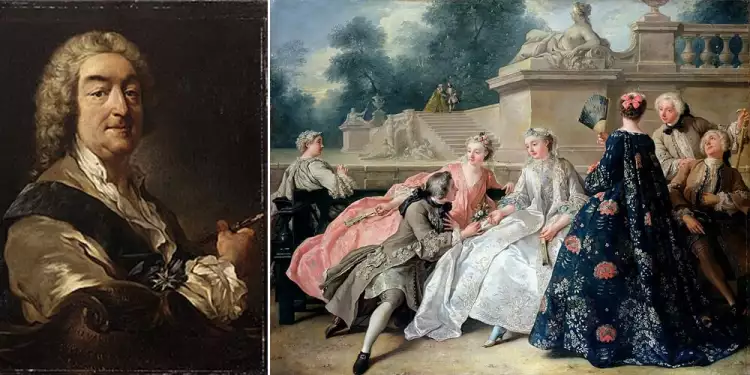
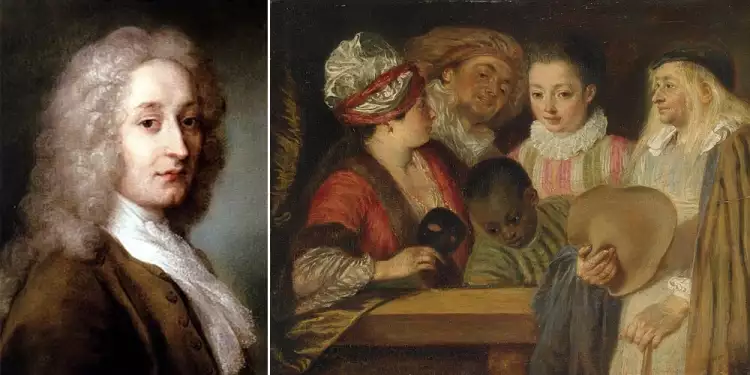
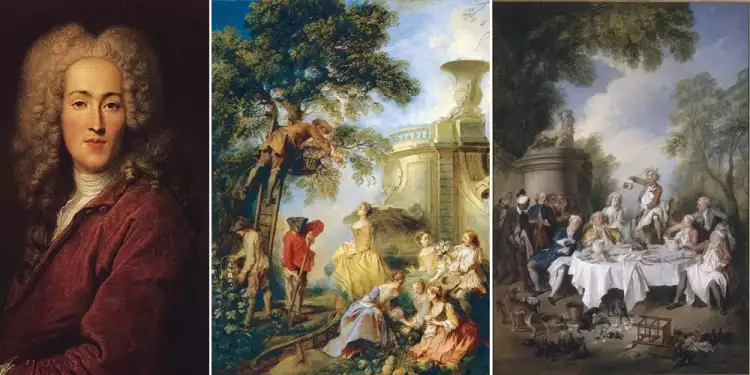
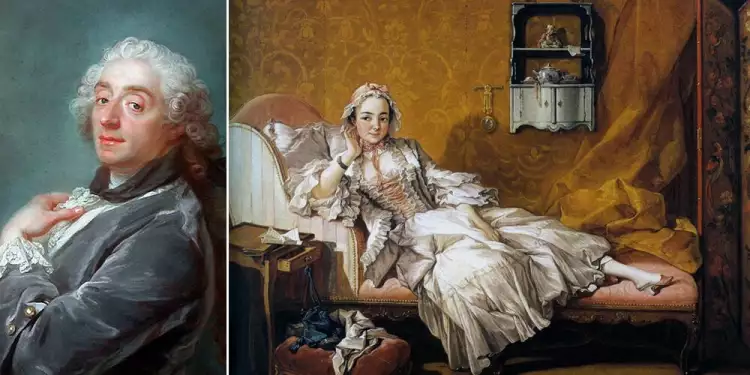
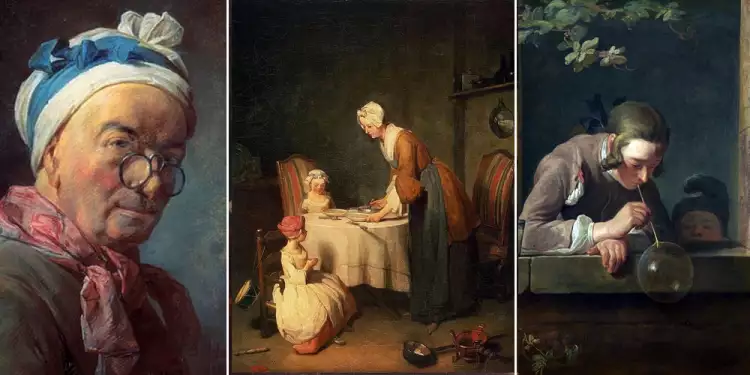
 The Resurgence of Vintage Kitchen and Barware: A Collector’s Delight
The Resurgence of Vintage Kitchen and Barware: A Collector’s Delight  Empire: Expensive, Luxuriously, Militantly
Empire: Expensive, Luxuriously, Militantly  Edward Munch—the creator of nightmares and the singer of anxiety
Edward Munch—the creator of nightmares and the singer of anxiety 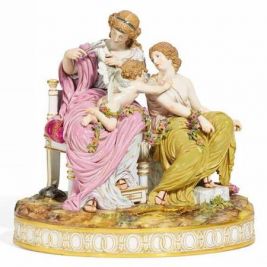 Meissen Porcelain: The History of the Manufactory
Meissen Porcelain: The History of the Manufactory 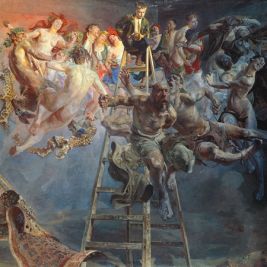 Symbolism: the essence of the term, history in painting, distinctive features, famous symbolists
Symbolism: the essence of the term, history in painting, distinctive features, famous symbolists 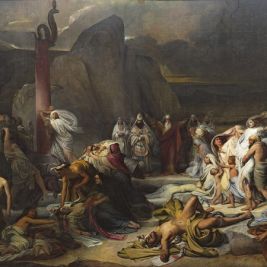 The painting "The Bronze Serpent" by Fyodor Bruni is an interpretation of an Old Testament story by a great master
The painting "The Bronze Serpent" by Fyodor Bruni is an interpretation of an Old Testament story by a great master 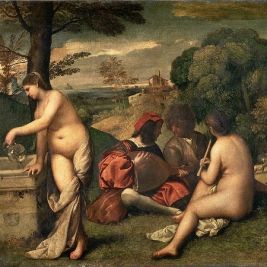 Pastoral is an elegant and carefree genre of art from the Baroque and Rococo periods
Pastoral is an elegant and carefree genre of art from the Baroque and Rococo periods 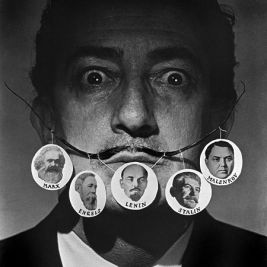 Salvador Dali - a brilliant surrealist artist
Salvador Dali - a brilliant surrealist artist 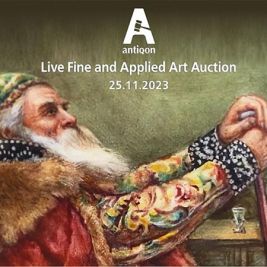 Live Fine and Applied Аrt Auction No.8 of the Antiqon trading platform
Live Fine and Applied Аrt Auction No.8 of the Antiqon trading platform 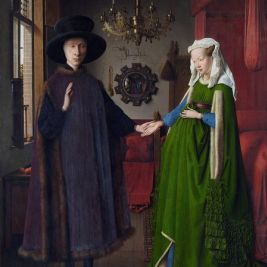 The most famous Dutch painters: 7 renowned masters from Van Eyck to Van Gogh
The most famous Dutch painters: 7 renowned masters from Van Eyck to Van Gogh